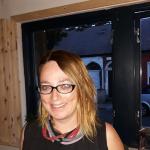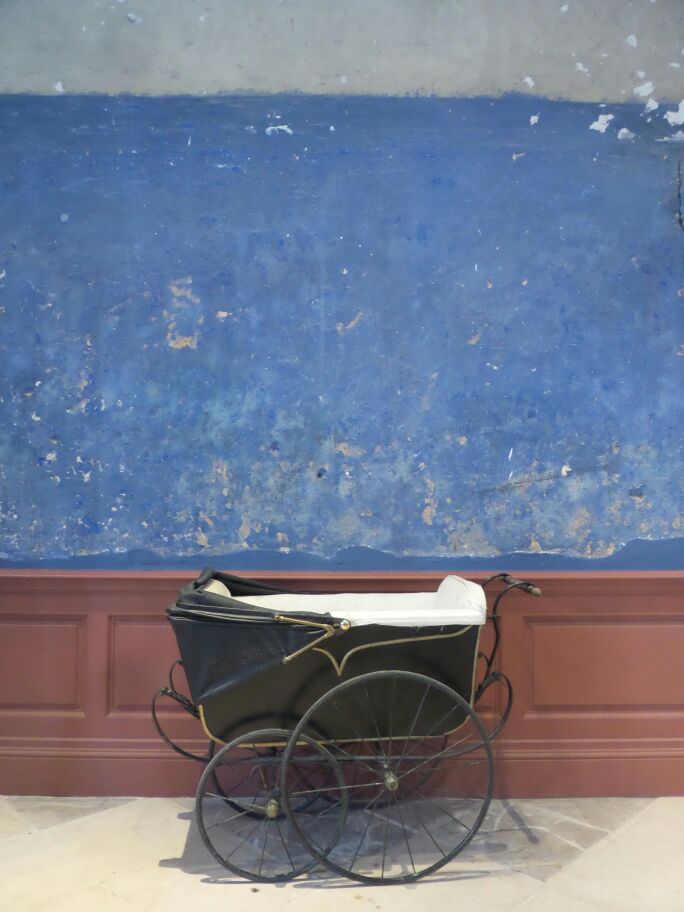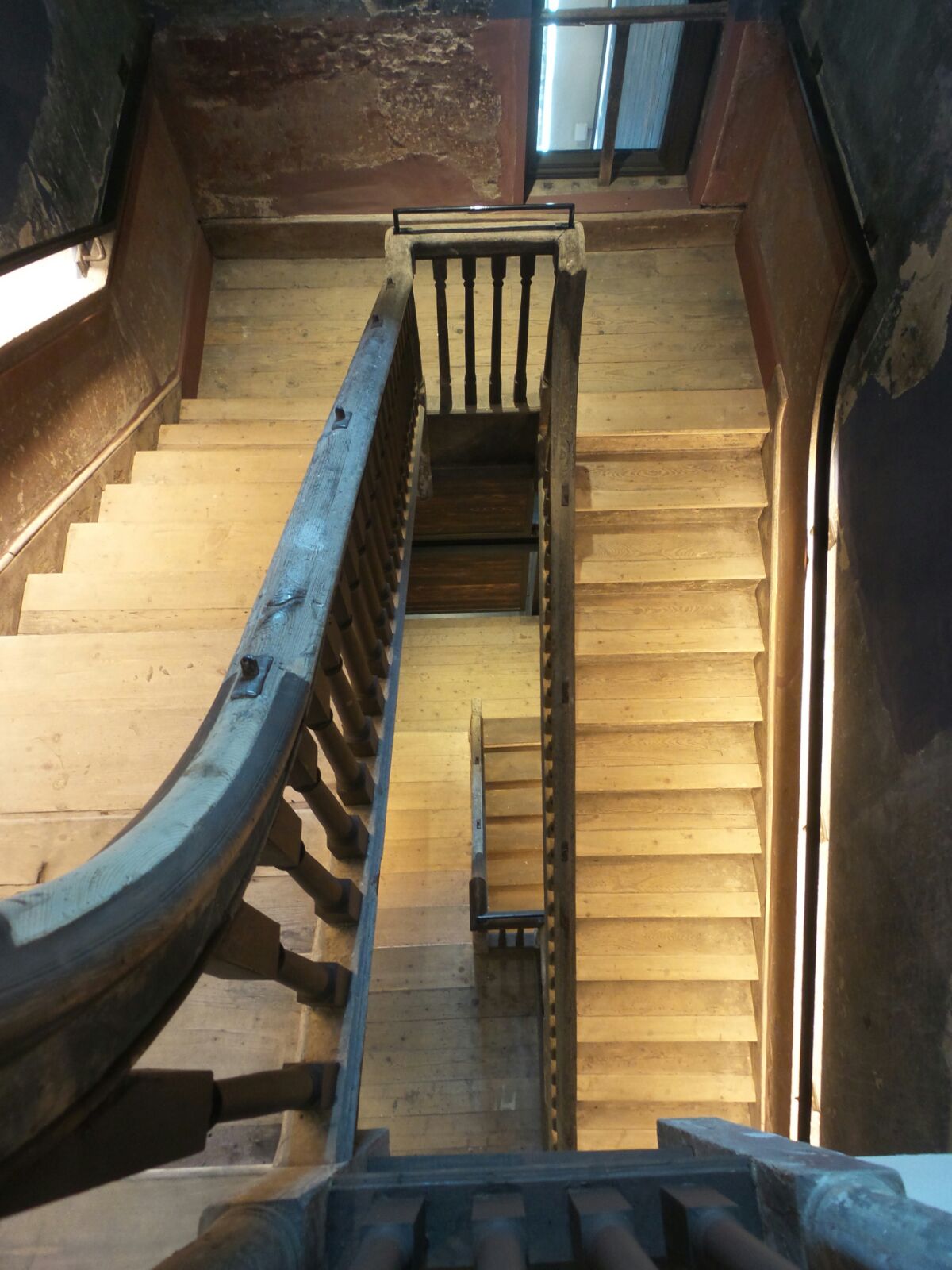
10 October, 2024

Ellen Rowley
Posted: 14 September, 2018

Rounding up our ‘cultural heritage’-themed blog series, and marking the opening of the new museum at 14 Henrietta Street, read the final piece by Dr Ellen Rowley, architectural and cultural historian based in the School of Architecture, University College Dublin. She has curated the exhibition at 14 Henrietta Street, a museum of Dublin’s tenement life and urban history, with Dublin City Council, opening today, 14 September 2018. Ellen mostly writes about twentieth-century Irish architecture as a type of social history. Her books include Housing, Architecture + the Edge Condition and More Than Concrete Blocks.
As 14 Henrietta Street in Dublin’s north inner city opens its hall door, inviting us to consider how we have lived, to consider questions of class, housing standards and historical shifts, the role of cultural heritage in Irish society is writ large. Here, a five-storey Georgian town house from the 1740s has been conserved in parts, restored in other parts and adapted to become a museum. And most importantly, that museum takes its lead from a combination of the house itself – its talking walls – and of the living memory of former residents.
Recently shown on BBC’s Who Do You Think You Are (July 2018) as the 1980s popstar Boy George grappled with his mother’s Dublin past, poring over the 1901 and 1911 census, 14 Henrietta Street’s glorious rooms of neo-classical proportions and exposed walls became the backdrop. In this case, it was the backdrop for a particular family story, but potently so much of that story is shared by others: it is the story of tenement Dublin. The museum at 14 Henrietta Street is where these simultaneously universal and particular stories are brought to bear; where urban or collective memory, lavender soap, official documents, residents’ voices, mass-produced Holy Families, fragments of wallpaper and rickety staircases in cold stairways come together, for the visitor to experience, imagine and remember.

My role in all of this as a cultural historian who contemplates buildings, especially those more maligned 20th century buildings, was to support Dublin City Council’s Heritage Office. In 2016, I was awarded an Irish Research Council postdoctoral fellowship to research and reflect; to think through how the many stories and pieces of material might be communicated; to consider how this singular compelling site could hold the tensions of different eras and different lives lived, and how best they might be told. In the 1750s, it was the domain of a single ascendancy family. In the 1850s, it had become the headquarters for the Encumbered Estates Court, foreclosing approximately 800 post-famine estates. Having been converted into tenements in 1878, by 1911 it was home to 100 people.
14 Henrietta Street didn’t need a collection of museum-style objects. Rather, the building itself, and the ongoing collection of stories, was enough. And so, with a team, we made films and sound pieces, architectural models and domestic installations. Taking the voice of Paula Meehan, we layered Dublin poetry over Dublin maps; we sorted through the Royal Society of Antiquaries Darkest Dublin photographic collection; we layered my PhD research into Dublin’s 1940s housing issues, over Lankum’s haunting sounds, making these histories consumable, experiential and even educational.
14 Henrietta Street’s exhibition is predicated on the notion that buildings – in this case, the home – are complex narratives which engage us; engage us in a deeper and more reciprocal way than any other cultural form. As Seamus Heaney reasoned, architecture’s unique reciprocity and engagement is like language’s place in our world:
Buildings and monuments constitute a system of signs which we read and construe into a system of attachments and relationships…we read them into ourselves…They take us in and we take them in, first as imprints on the retina, then as known dwellings, then as remembered forms. They begin to insist themselves into our consciousness as a kind of language… (Heaney, 1986 Royal Institute of Architects of Ireland (RIAI) lecture, ‘From Maecenas to MacAlpine’)
This is architecture’s essential embeddedness. But where is the value of architectural history, as cultural heritage and more? At 14 Henrietta Street, the links are made (implicitly) between historic and contemporary housing issues: from overcrowding and lack of sanitation, to far-flung housing estates and neglected urban communities. The resonances for the present, in the stories of Henrietta Street’s past, are palpable.
Now, as I continue to consult for the new DCC company which manages 14 Henrietta Street, my research and teaching practices take me to University College Dublin (UCD) and its utopian 1960s site at Belfield, where by 2020, we will celebrate the 50-year anniversary of the move from city to suburb. I, with a team in UCD Communications and the UCD School of Architecture, will curate this celebration. Realised by 1970, the brilliant concrete structures (i.e. the architecture) shall once again guide the research and gathering process. At the same time, I lead a most interesting architectural research project currently in Ireland. A DCC Heritage project (and part-funded by the Heritage Council of Ireland) and ongoing since 2011, examining the 20th century architecture of Dublin City, this project seeks to discover the folklife of buildings and is disseminated through a series of books, More Than Concrete Blocks; volume II (1940 – 1972) is forthcoming in 2018. Certainly, my plan, as an architectural historian looking at unloved Irish buildings in this instance, is to shift public perception and ultimately, to change values.
While architecture tries to stand stable, research insists itself as a dynamic force. It can influence architectural value and reframe our cultural heritage.
*****
14 Henrietta Street is managed by Dublin City Council Culture Company. It is opening on 14 September 2018. For further details, visit https://14henriettastreet.ie/
Disclaimer: The opinions expressed in our guest blogs are the author’s own, and do not reflect the opinions of the Irish Research Council or any employee thereof.